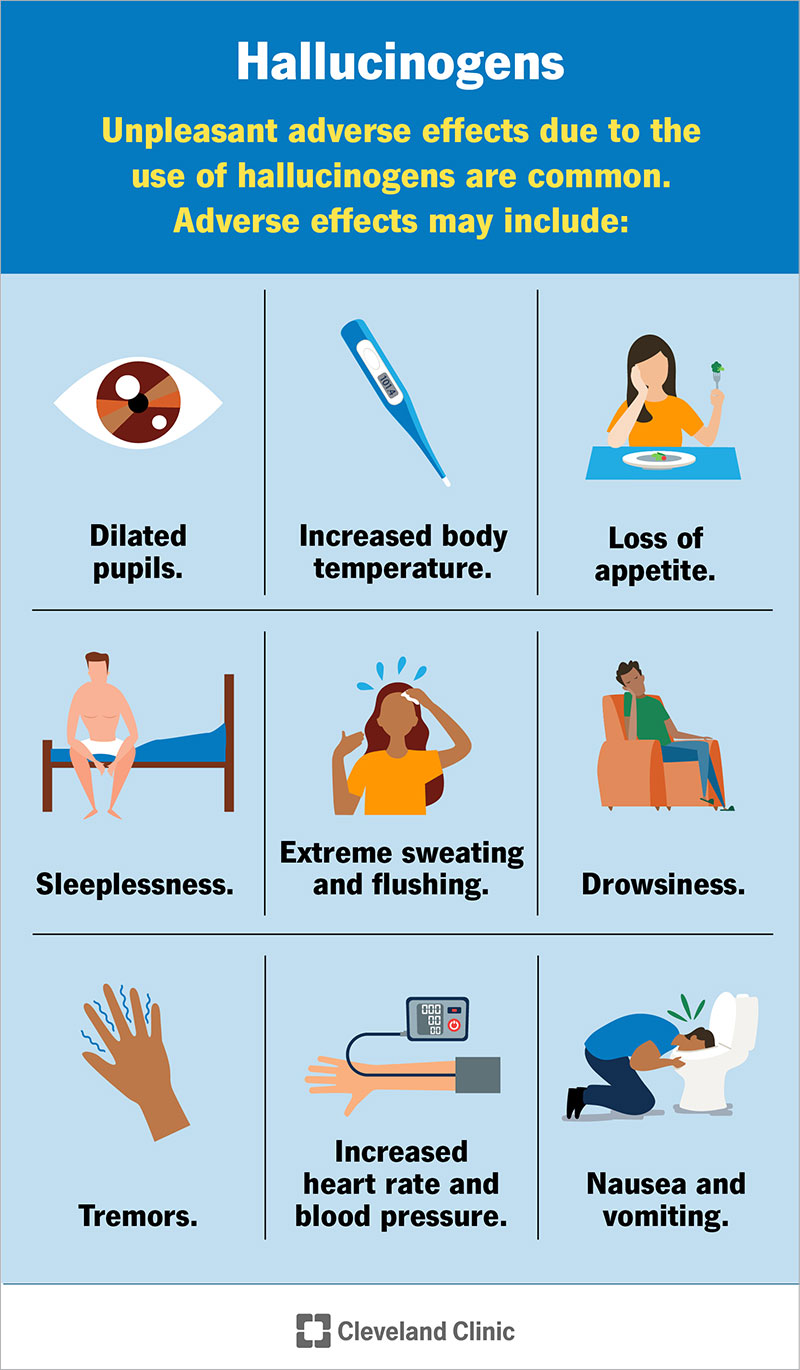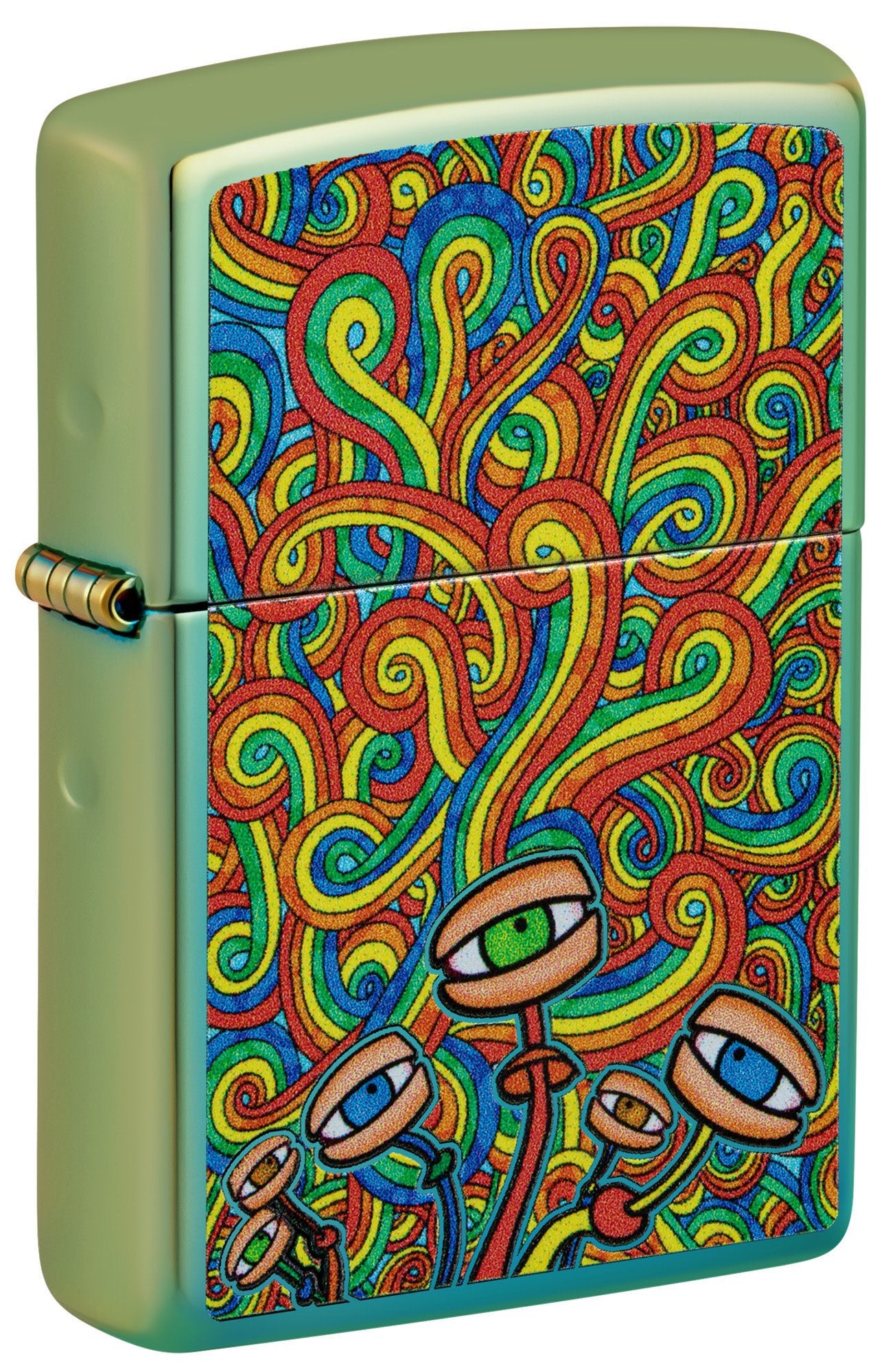Everything About Psychotomimetic Compounds: Their Role in Psychological Research Study
Psychotomimetic substances, such as LSD and psilocybin, have gathered increasing rate of interest in mental research for their ability to duplicate psychotic signs and symptoms and offer understanding right into various mental wellness disorders. Their interactions within the mind, particularly with serotonin and dopamine paths, recommend a complex connection in between awareness and neurobiology that might unlock novel healing avenues. As researchers remain to explore their possible applications, ethical considerations surrounding their use in scientific settings become vital, increasing essential questions about security and notified approval that necessitate more expedition.
Definition of Psychotomimetic Substances
In the world of psychological research, psychotomimetic compounds are substances that can induce effects resembling those of psychosis, such as hallucinations, delusions, and altered perceptions of reality - About Golden Psycho. These compounds can be identified right into numerous groups, consisting of hallucinogens, dissociatives, and specific energizers, each creating distinct psychological effects
The medicinal activity of psychotomimetic substances commonly includes modulation of neurotransmitter systems, especially those pertaining to serotonin, dopamine, and glutamate. Substances like lysergic acid diethylamide (LSD) largely act on serotonin receptors, leading to extensive modifications in sensory assumption and cognition.
The energy of psychotomimetics in research study lies in their capability to imitate psychotic symptoms, giving a design for comprehending the underlying devices of psychotic conditions such as schizophrenia. By studying the results of these compounds, researchers can gain understandings into the neurobiological and emotional procedures that contribute to psychosis.
In addition, psychotomimetic compounds have actually been checked out for their therapeutic possibility in treating numerous mental health and wellness conditions, consisting of depression and anxiousness, highlighting their dual role in both research and possible medical applications.
Historical Growth and Context
The expedition of psychotomimetic compounds has an abundant historical context that dates back to old worlds, where substances such as psilocybin mushrooms and peyote were used in spiritual and recovery methods. These very early uses commonly intertwined with spiritual routines, suggesting an extensive reverence for the modified states of awareness induced by these compounds.
The mid-20th century noted a significant juncture in the study of psychotomimetic compounds, specifically with the synthesis of LSD by Albert Hofmann in 1938. The subsequent popularization of LSD in the 1960s militarized a wave of passion in both its psychological impacts and prospective healing applications. Scientists began to check out just how these substances could simulate psychotic states, giving insights right into mental disorder.
However, the enhancing organization of psychotomimetics with counterculture activities led to regulatory backlash, culminating in the criminalization of much of these substances. Despite these difficulties, the renewal of passion in the healing possibility of psychedelics in the 21st century has actually motivated renewed research. This historical trajectory highlights the developing understanding of psychotomimetic substances, transforming from sacred compounds to subjects of scientific query and, possibly, healing pledge.
Devices of Activity
Understanding the systems of action of psychotomimetic substances discloses the complex methods these substances interact with the mind's neurochemistry. These compounds largely apply their effects via modulation of neurotransmitter systems, specifically serotonin, dopamine, and glutamate.
Along with serotonin, dopaminergic pathways are significantly affected by compounds like mescaline and particular cannabinoids, which can result in transformed states of consciousness and changes in state of mind and motivation. In addition, the NMDA receptor animosity observed with materials like ketamine highlights one more path where psychotomimetics might cause dissociative states and extensive alterations in assumed processes.
The neurochemical cascades started by these communications lead to facility and multifaceted mental have a peek at this website effects. Comprehending these devices is essential for both the innovation of psychological research study and the healing possibility of psychotomimetic substances, as they give insights into the underlying neural correlates of transformed states of consciousness.
Current Research and Applications
Recent investigations right into psychotomimetic substances have actually disclosed a resurgence of interest in their restorative applications, especially in the areas of psychiatry and psychology. Scientists have actually started checking out materials such as psilocybin, LSD, and ayahuasca for their possible to alleviate symptoms related to various mental health disorders, including depression, anxiety, and PTSD.
Clinical trials have actually shown that, when carried out in regulated atmospheres, these compounds can assist in profound psychological experiences, promoting psychological innovations and boosted healing results. As an example, research studies have revealed that psilocybin-assisted treatment can lead to significant decreases in treatment-resistant anxiety, with effects lasting for numerous months post-treatment.
Moreover, psychotomimetic substances are being reviewed for their capability to foster neuroplasticity, possibly enabling more efficient rewiring of maladaptive thought patterns. These findings recommend that such compounds may function as accessories to traditional psychotherapeutic approaches, enhancing the efficiency of therapeutic interventions.
As study advances, the focus is shifting in the direction of comprehending the optimal dosages, healing settings, and individual attributes that can make best use of the benefits of these substances. This burgeoning area holds promise for changing mental wellness treatment standards and addressing the restrictions of standard psychiatric medicines.
Moral Considerations in Research Study

Browsing the ethical landscape of research study entailing psychotomimetic substances is important to guaranteeing participant safety and the honesty of study outcomes. Researchers have to prioritize enlightened authorization, making sure that individuals completely recognize the potential dangers and advantages associated with the compounds being researched. This includes giving comprehensive more helpful hints details regarding feasible psychological impacts, consisting of acute and long-lasting influences, and permitting participants the Discover More chance to withdraw from the research any time without fine.
Furthermore, honest oversight by institutional testimonial boards (IRBs) is essential. IRBs assess research study procedures to guard individual well-being and promote moral standards. This analysis aids minimize risks and ensures that research studies are conducted with clinical roughness. In addition, the possibility for threat have to be thoroughly evaluated, especially when vulnerable populations are involved.
Confidentiality is one more extremely important factor to consider. Scientists need to carry out durable actions to safeguard individuals' identifications and data, especially given the delicate nature of experiences related to psychotomimetic compounds (About Golden Psycho). Eventually, a dedication to ethical techniques not just cultivates depend on in between scientists and individuals yet likewise boosts the reputation and validity of the study end results, adding to the advancement of psychological expertise

Verdict
Finally, psychotomimetic substances, specifically timeless psychedelics such as LSD and psilocybin, deal substantial insights right into emotional disorders via their special systems of action. Their restorative capacity in resolving conditions like stress and anxiety and PTSD highlights the value of continued research in this field. Making sure honest standards in research techniques is crucial for participant security and notified consent, allowing for a liable exploration of these substances' benefits and ramifications within emotional scientific research.